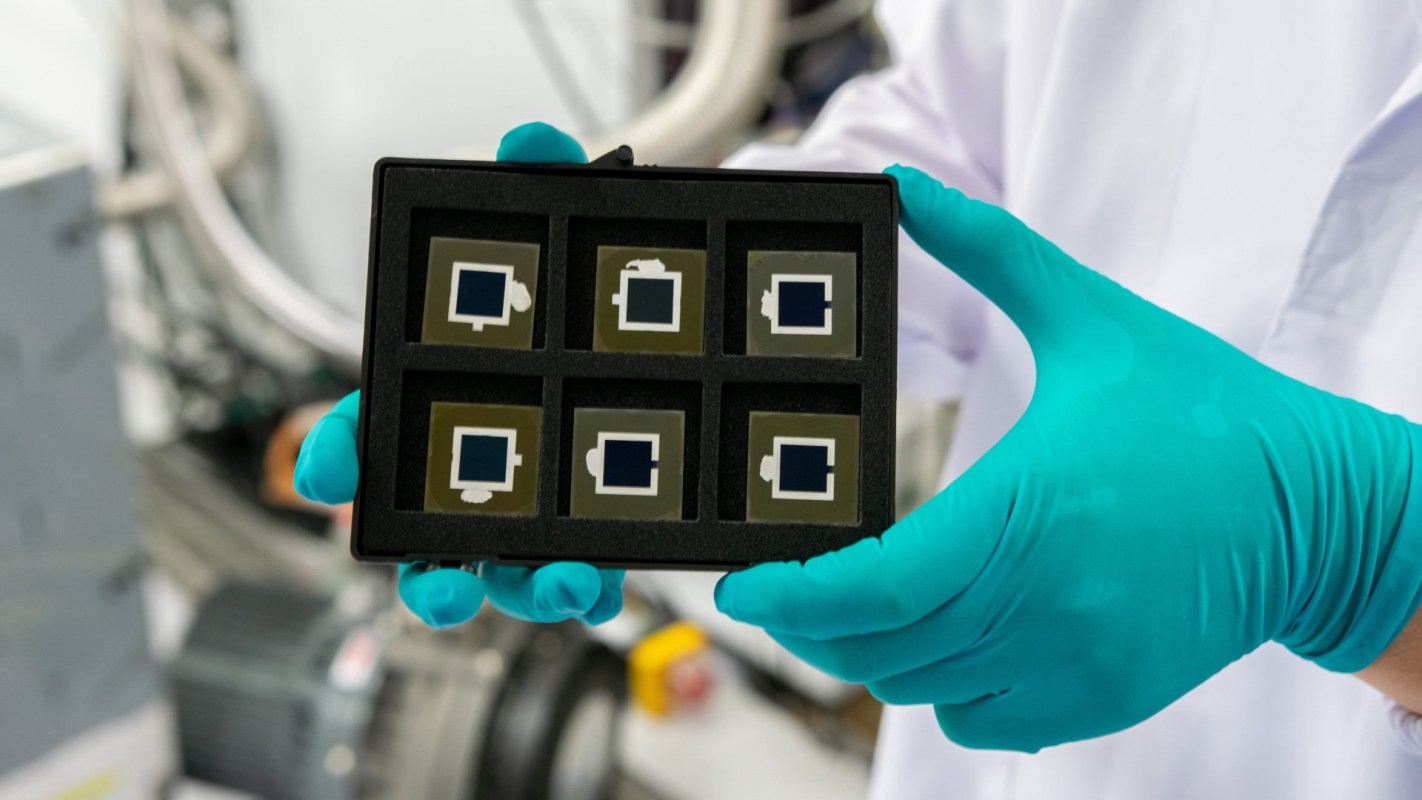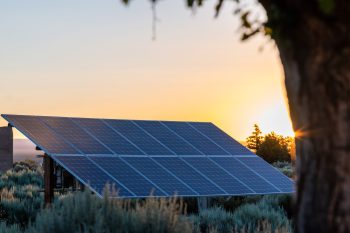Solar cell news coming out of Singapore is bright and quite possibly transformative for the renewable energy industry.
That's mostly due to outstanding efficiency rates being marked by researchers at the National University of Singapore. Their triple-junction, perovskite/silicon tandem cells are converting sunlight to electricity at a rate of 27.1%. That's a "certified world-record," according to the university. The experts there are testing cells less than a square inch in size, resembling a postage stamp.
For comparison, most solar panels have efficiency rates of 15-20%. If the Singapore results can become standard, solar energy output could grow faster than the impressive rates already being marked. For reference, the United States' solar sector capacity saw a 51% increase in 2023 over the prior year, per statistics from the Solar Energy Industries Association.
"Collectively, these advancements offer groundbreaking insights into mitigating energy loss in perovskite solar cells," project lead, Assistant Professor Hou Yi, said in a lab report.
Perovskites are a group of materials that are good at converting sunlight to energy at a low cost, as noted by the U.S. Energy Department.
The Singapore team added silicon and cyanate, which is a salt. This helped the team to form a triple-junction cell, which has performed better than any other of its type to date. Multi-layered cells, made of a variety of materials, are able to absorb sunlight in a different range on each layer, increasing efficiency, all per the university.
"Remarkably, after 15 years of ongoing research in the field of perovskite-based solar cells, this work constitutes the first experimental evidence for the inclusion of cyanate into perovskites to boost the stability of its structure and improve power conversion efficiency," Yi said in the lab summary.
During research and development, the cyanate-enhanced perovskite was able to operate nonstop for hundreds of hours, maintaining capacity and achieving higher voltages than typical cells.
Solar innovations are taking new shapes, including stretchable concepts geared to power wearable tech. Several labs, including NASA's, are developing thin, film-like suncatchers with unique application possibilities. Some of the tech is even printable.
What's more, government programs are making the latest solar tech more accessible for average homeowners, who can save thousands of dollars during the first decade of installing a system. That's thanks to tax breaks and other incentives that can lower the initial cost, which can be $16,000 on average.
Importantly, about 8,500 pounds of air pollution can be reduced each year. The long-term health benefits are great, as dirty air is linked to many problems, including increased dementia risks.
Next up for the Singapore team is increasing the efficiency of their cells to an aggressive goal of 50%, while also "upscaling" the tech to larger modules.
"And set a new course for the further development of perovskite-based triple-junction solar technology," Yi said, continuing a prior quote in the university lab report.
Join our free newsletter for weekly updates on the coolest innovations improving our lives and saving our planet.








